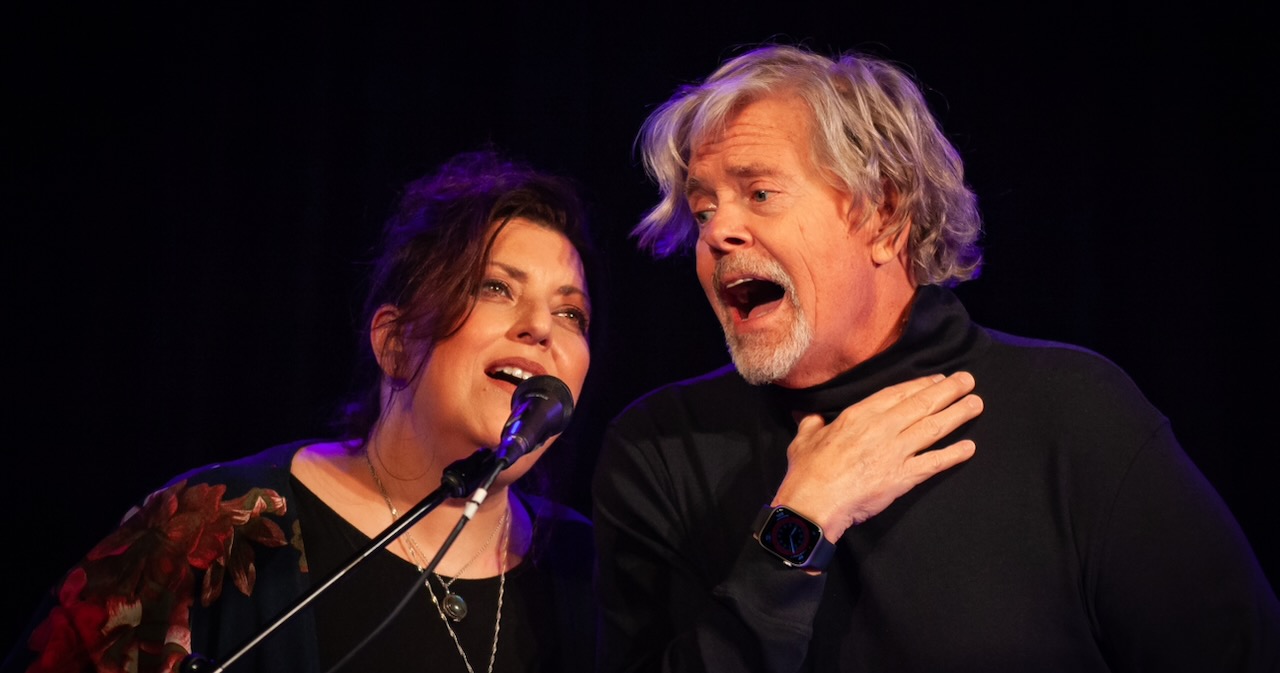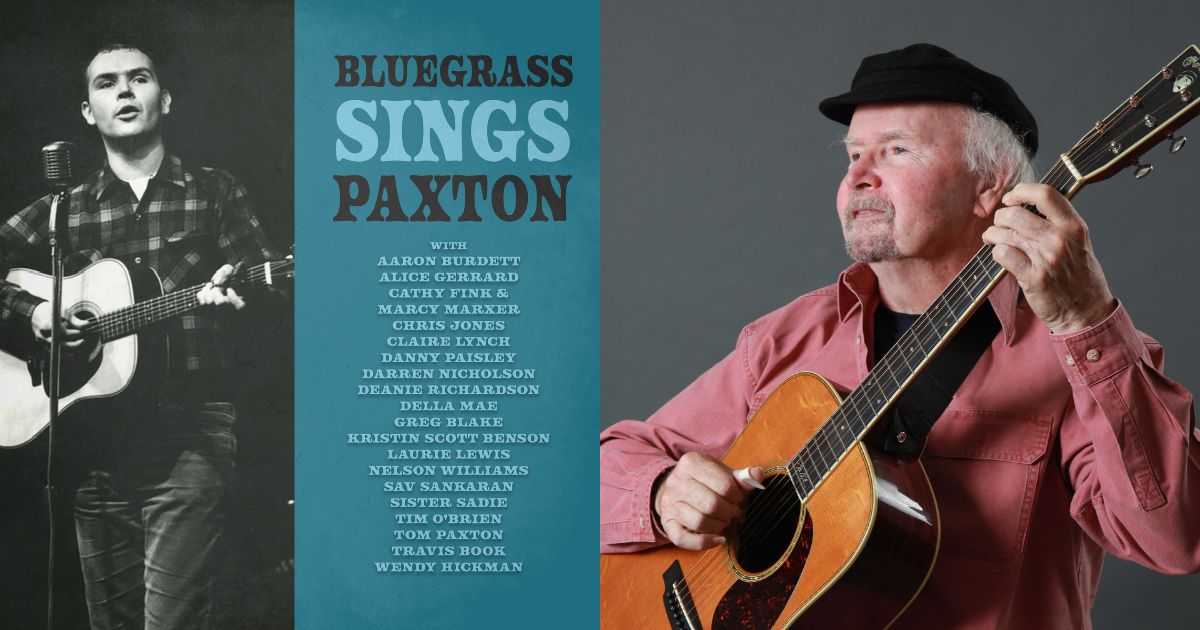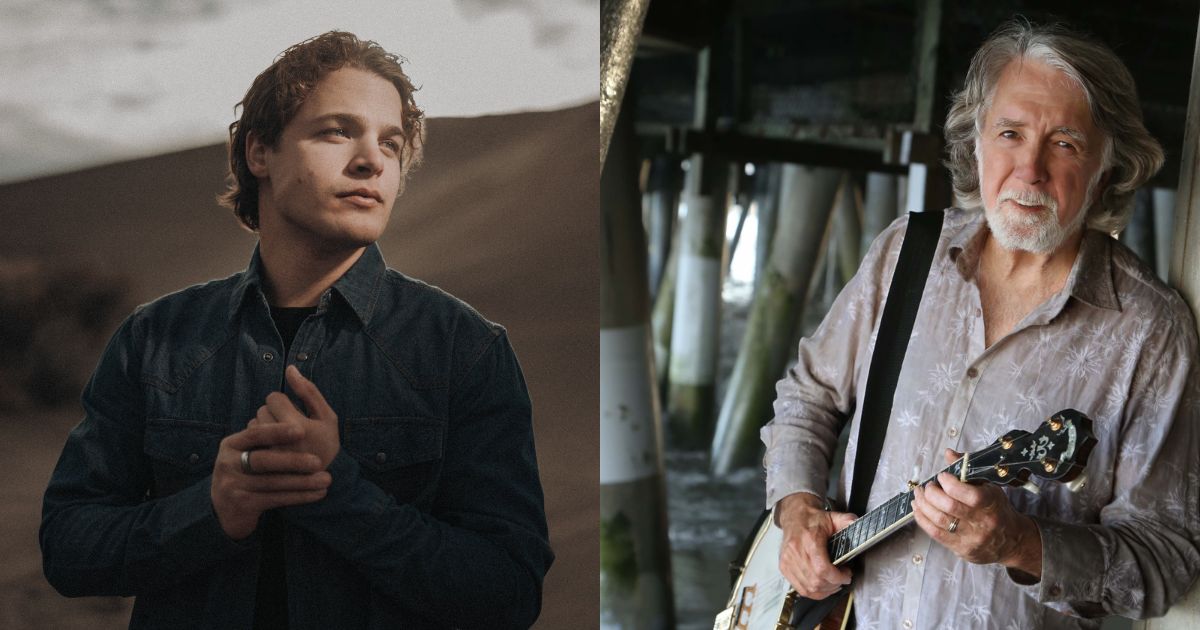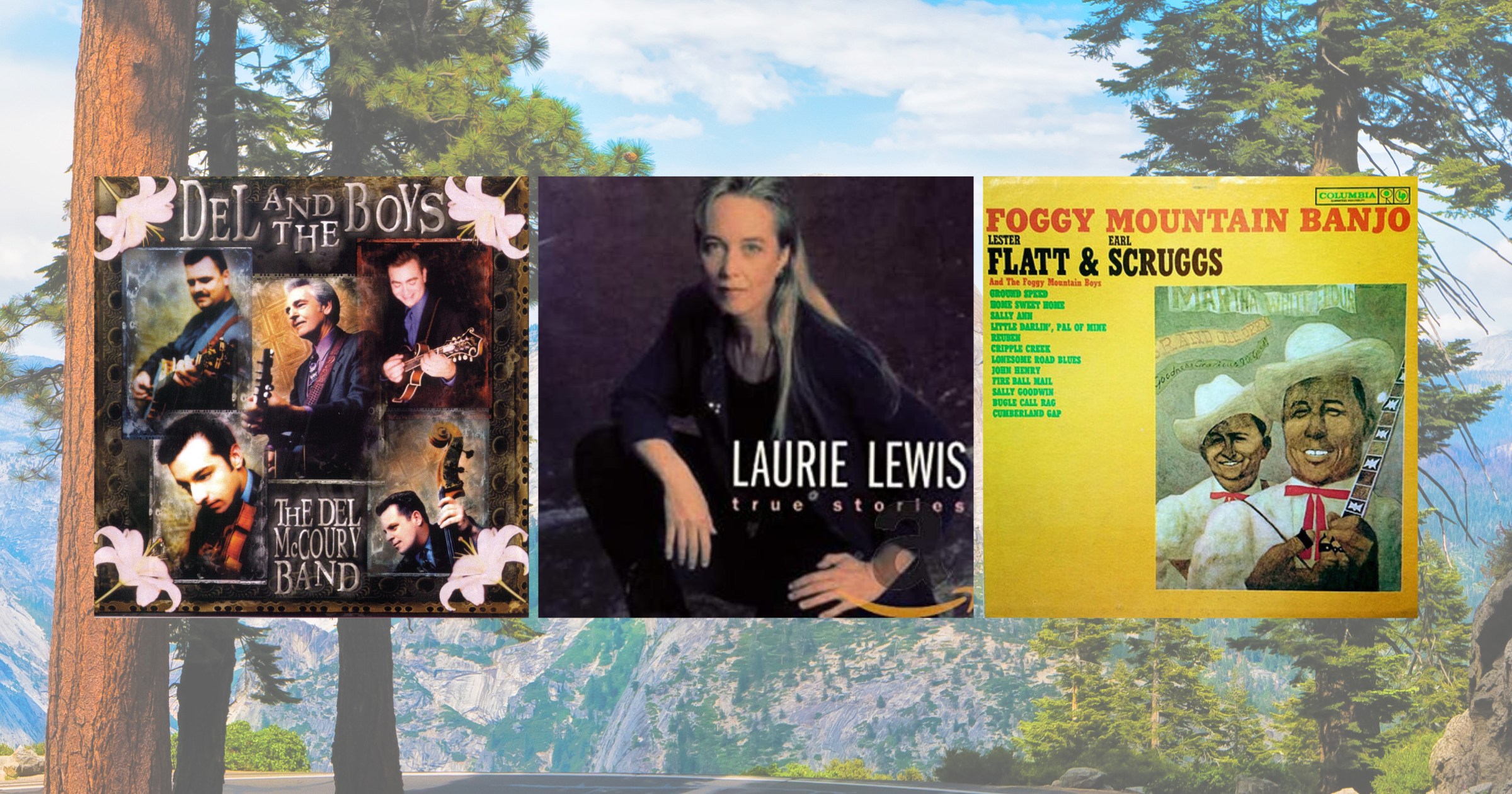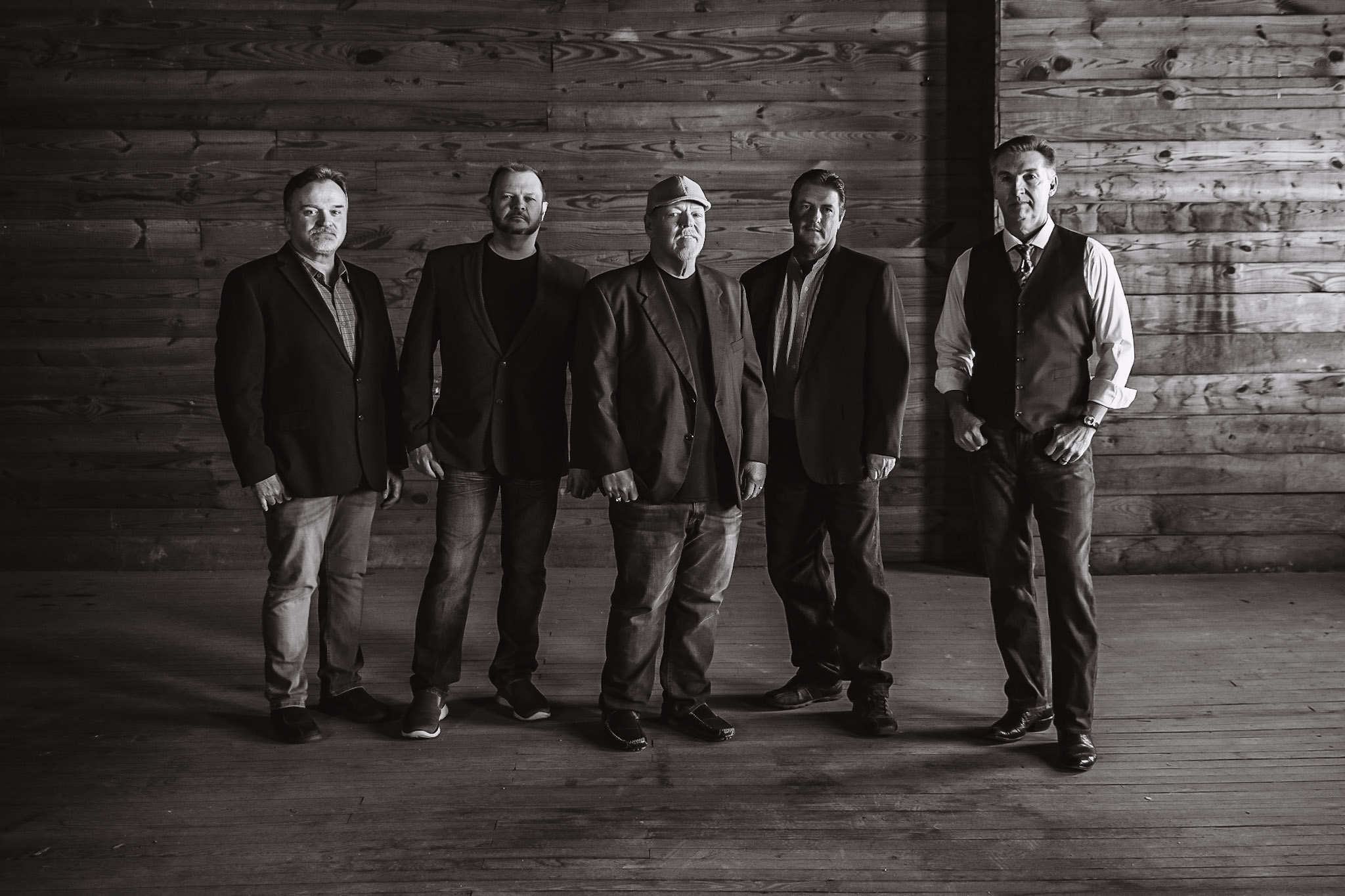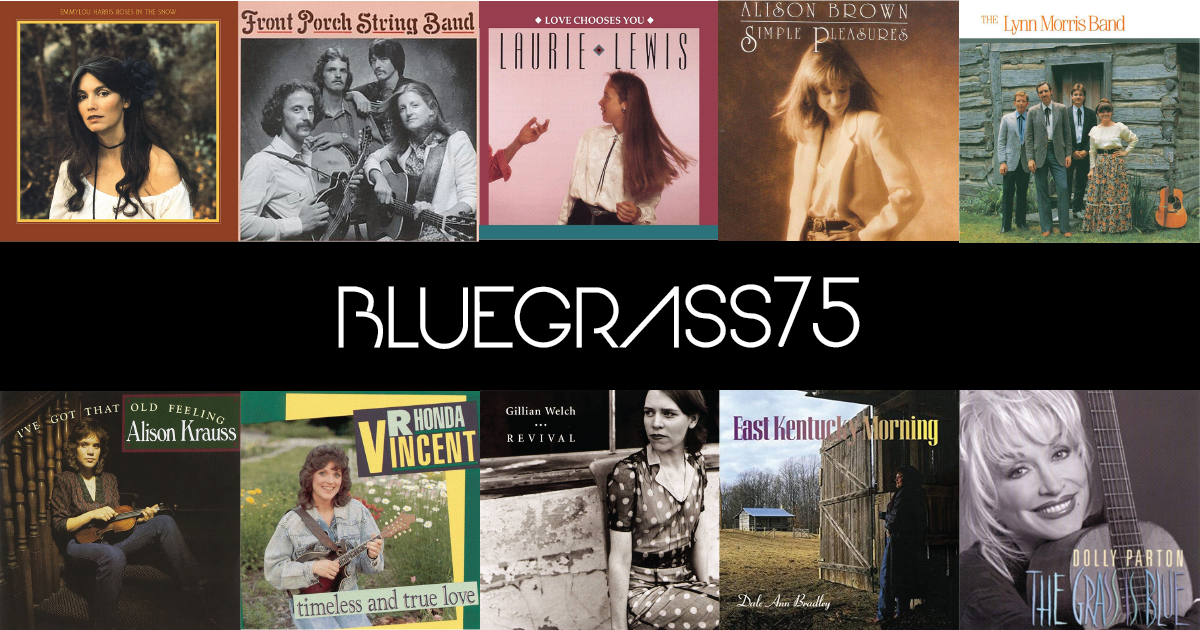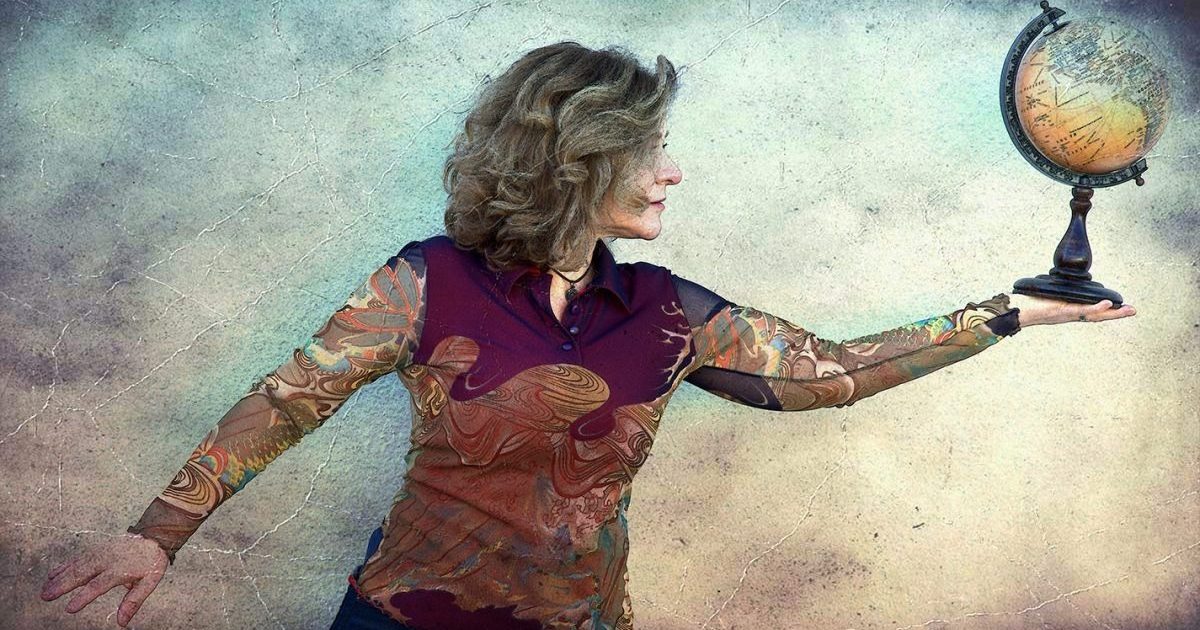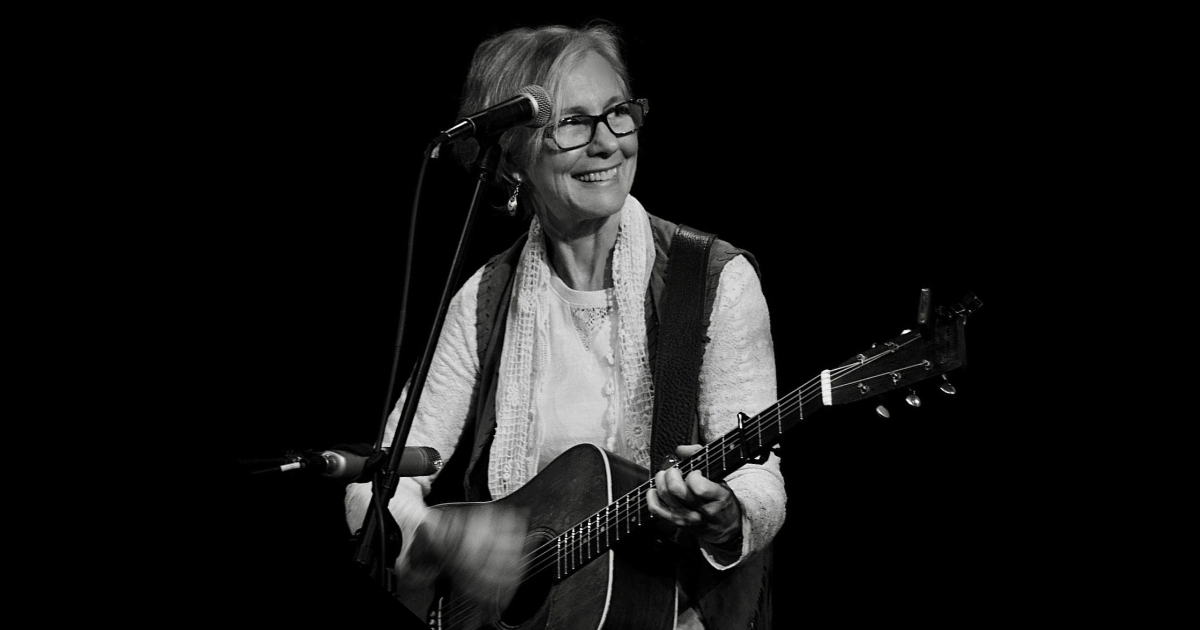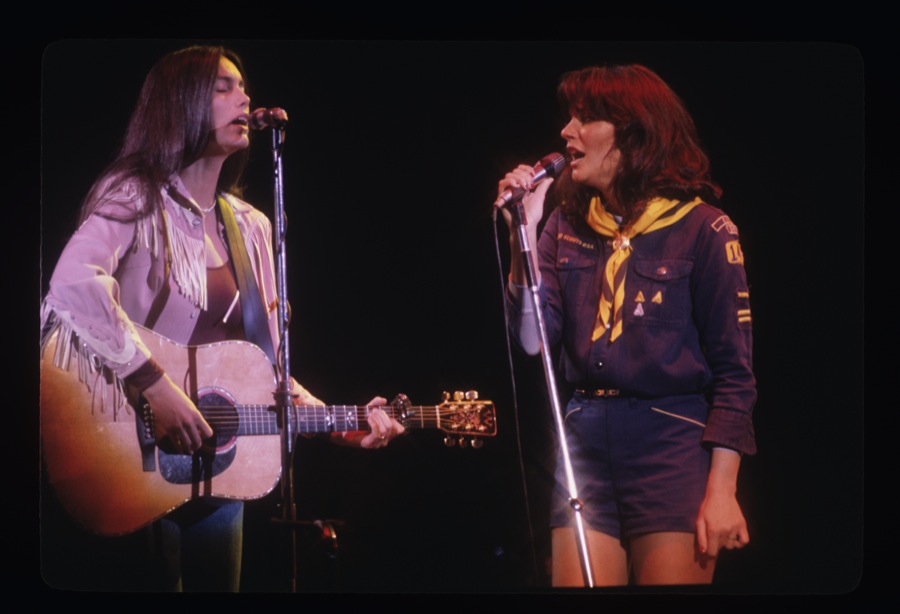Andrea Zonn and John Cowan have been among the hardest-working musicians around Nashville for the past few decades. Zonn has done tons of sessions both for her violin and vocal prowess as well as touring with superstars like Vince Gill, Lyle Lovett, and James Taylor. Cowan, a longtime member of the legendary New Grass Revival, also was a founding member of the country-rock supergroup The Sky Kings, has done solo projects, and currently tours as the Doobie Brothers’ bassist. However, they only really started playing together due to the pandemic. Their collaboration resulted in a band called The HercuLeons, whose debut album Andrea Zonn & John Cowan Are The HercuLeons arrives March 21 on True Lonesome Records.
Darrell Scott, Tom Britt, Greg Morrow, Abraham Parker, Gary Prim, and Reese Wynans represent the primary HercuLeons on the album, while Billy Payne, Michael McDonald, Jonell Mosser, John Hall, and John McFee number among the special guests.
Zonn and Cowan spoke separately to BGS for our feature interview all about their unique collaboration, becoming a band, and the debut album.
When did you two first meet?
Andrea Zonn: I moved to Nashville in 1986 and John I think got here two, three, four years before that. I was already a fan of his, but we met and our paths crossed over the years. Then at some point we got called to sing on a session together. I just love singing with him. We became friends and have been great friends. He’s like a brother to me, actually.
John Cowan: Our lives have been continually entwined because of our musical interests, our mutual respect for each other, and because we would get hired to do backing vocal sessions.
How did this particular collaboration come to be?
JC: Right during the pandemic, Andrea and I had gotten solicited to play on a custom project. It was like, “We’ve got three songs for you.” And we’re like, “Okay.” Well, it turns out they had like nine songs for us and we basically just went from the top of the list all the way to the bottom; we were there like 10 hours.
AZ: Then I was just about to call him on my way home, when he called me and we were both about to say the same thing, which is “God, I love singing with you.” We just decided to sort of become each other’s creative bubble during the pandemic. We were thinking we would do something sort of bluegrass-y with [mandolinist] Ashby Frank, [guitarist] Seth Taylor, and [banjo player] Matt Menefee, which was a blast. So, we did a couple of Facebook Live concerts, which is hysterical because we were playing just to the camera.
JC: These kind of young guns guys – Ashby and Seth and Matt – they’re at that time of their lives where they’re just running full speed. They’re just so impassioned and so full of music that you really can’t get somebody like that to commit to, “Hey, let’s be in a band.” By the time we got around to making this record, the personnel had just switched to basically me and Andrea and then we chose the band that we wanted to make the record with.
How did the record come about?
JC: It happened pretty organically. We were talking about making this record. We weren’t even as far as who’s playing on it, or who’s producing or what it is. But I was driving home from my sister’s house in Indiana back to Nashville one day and I heard Claire Lynch doing this song called “Barbed Wire Boys” and I literally pulled my car over because I thought to myself: “Am I hearing what I [think I’m hearing]?” The words were so unbelievably well-written. It was just stunning. I played it for Andrea and I said, “What do you think of this song? Are you just as stunned by the words as I am?” She said, “Absolutely!”
AZ: It just felt like such a timely message in this song, which is that there’s this generation of strong, stoic men who have this really soft underbelly. It feels like there’s not a place for that right now and there’s a real wistful longing for this gentle strength. We were listening to the song going, “What could we do with this?” We were just looking at it as this single standalone thing. Let’s just record this because we love it. We’ve got time on our hands. And the idea just kept growing. It’s like, “Let’s just figure out a way to make a record like this.” Also, with the pandemic [it was] a weird time to make long-term plans
Wendy Waldman produced the album – how did she get involved?
JC: We got a hold of Wendy Waldman, who’s one of my oldest friends and produced many things I’m involved with. Andrea and I made a vocal guitar demo and sent it to her.
AZ: We decided we wanted to slow down [the song], break it down, and make it more of what Wendy calls, “The prairie orchestra sort of thing.”
JC: She worked on it for us – it’s like she went away in a little hobbit in a village of stuff, she came back to us, and she’d written the most beautiful layers of mandolins and acoustic guitar tuned down low.
AZ: She’s like a shaman the way she creates. It’s like you just see glowing aura is coming out of her when she’s in that space.
The idea to do an album grew from there?
JC: That was the beginning of the record. We had that song and we started pursuing it and it would be about sharing tracks and files back and forth from California, which is where Wendy lived, and that was going swimmingly well.
AZ: Exactly. It was like, “Let’s put something beautiful in the world, because I feel like that’s our responsibility as artists.” Especially during these times we’re living in are so full of devastation and difficult things and people need healing. They need beauty. They need that balance. And so that’s where we come in. So, it just started as just this yearning to create something beautiful. And then it was just so much fun, and the chemistry was there.
The album features only 11 songs and those are mainly covers. Was it hard to decide what songs to record?
AZ: It was brutal actually picking songs, because there are so many beautiful and great songs and we weren’t really all that concerned with where the genre markers are. We just were like, let’s just do stuff we love. We’ve just been feeling our way through it. Things that we really felt like we could sing well together were sort of a consideration. It was such an organic process, and it was not a quick process.
JC: I think we got up to 30 songs that we wanted to have a stab at. We kept culling it down. So, this bushel of songs started to reveal itself to us. We opened it up a lot [like] a basket of fruit and you could see which one was going to make it and which ones might get a little too ripe.
One of the things that immediately stands out is the amazing way you two sing together
AZ: We have a lot of the same influences. You know, I call him “The Powerhouse” and I’m sort of a “Powder Puff” so [we] complement each other. He’s just so intuitive and such a great musician, such a beautiful sense of phrasing, and it’s just very easy to fall into place with him
JC: We know each other’s voice, so there’s some kind of internal resonance that’s going on there that you can’t see or feel or touch… You can’t necessarily write it out on a piece of paper. When two singers sing together like that it’s like Baez and Dylan.
The music is remarkably diverse – a vibrant mix of rock, soul, blues, country, funk, and bluegrass – but the album holds a real cohesiveness. There’s a sense of humanism and empathy that flows through the songs you picked.
JC: That’s just who we are. Andrea and I are the same. We’re the perennial man looking for a spirit greater than all of us to bond us to human beings in the world.
That seems to be spotlighted using your single “Face of Appalachia” (an old Lowell George/John Sebastian tune that Valerie Carter had on her 1977 debut album) to raise awareness for victims of Hurricane Helene. It’s a song that has many connections with both of you, right?
JC: Both Andrea and I became or were friends with Valerie before she passed a couple of years, so there’s a huge emotional connection for both of us.
AZ: We just love the song and we wanted to kind of do our little spin on it. Then when the hurricane hit, it’s like we all felt so powerless to help, so we wanted to raise awareness and direct people to organizations that are actually on the ground doing good work. I mean, John and I love the people, the region, the music that comes from there. It’s just such a meaningful place, you know, and your heart just breaks for what people are going through.
If you had to choose a song that’s a good entry point for listeners, what would it be?
AZ: You have to listen to the whole thing. You just have to suck it up and suffer through it, it’s only 11 songs! “Straight Up” would get their attention. Let’s say that it’s short and sweet and it’s just full of a lot of what we do, except for the slow pretty stuff and there’s a great message in that song.
JC: I might say “Face of Appalachia,” because there are two beautiful lead vocals on there, but they don’t appear to be lead vocals. They just appear as these two people singing together. … There’s so much about that track. How the words fit so well with the arrangement. It has shadows and light as well, but a lot of pathos.
The Gregory Porter song we do called “Take Me to the Alley,” I just think it’s a staggering song. It’s basically talking about how people are lining up all these shining things in front of their houses waiting for God to return and then he shows up and he’s like, “I don’t want to see any of this, take me to the alley, take me where the desperate ones are.”
Photo Credit: Courtesy of the HercuLeons.
